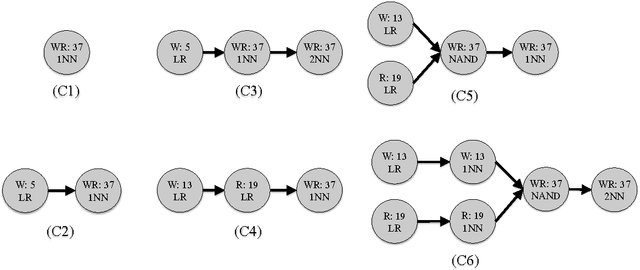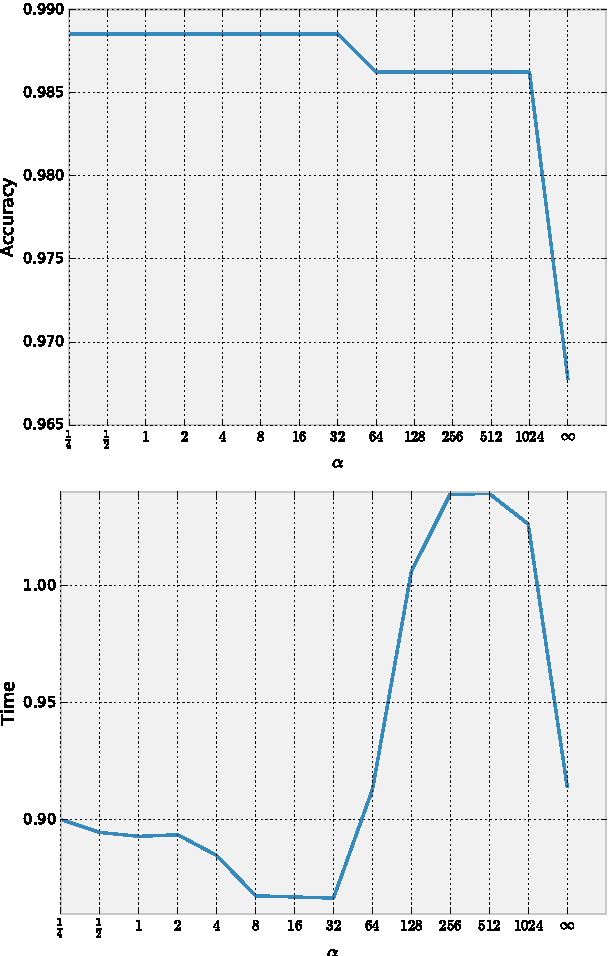Learning Tree-Structured Detection Cascades for Heterogeneous Networks of Embedded Devices
Paper and Code
Jun 24, 2017



In this paper, we present a new approach to learning cascaded classifiers for use in computing environments that involve networks of heterogeneous and resource-constrained, low-power embedded compute and sensing nodes. We present a generalization of the classical linear detection cascade to the case of tree-structured cascades where different branches of the tree execute on different physical compute nodes in the network. Different nodes have access to different features, as well as access to potentially different computation and energy resources. We concentrate on the problem of jointly learning the parameters for all of the classifiers in the cascade given a fixed cascade architecture and a known set of costs required to carry out the computation at each node.To accomplish the objective of joint learning of all detectors, we propose a novel approach to combining classifier outputs during training that better matches the hard cascade setting in which the learned system will be deployed. This work is motivated by research in the area of mobile health where energy efficient real time detectors integrating information from multiple wireless on-body sensors and a smart phone are needed for real-time monitoring and delivering just- in-time adaptive interventions. We apply our framework to two activity recognition datasets as well as the problem of cigarette smoking detection from a combination of wrist-worn actigraphy data and respiration chest band data.
 Add to Chrome
Add to Chrome Add to Firefox
Add to Firefox Add to Edge
Add to Edge